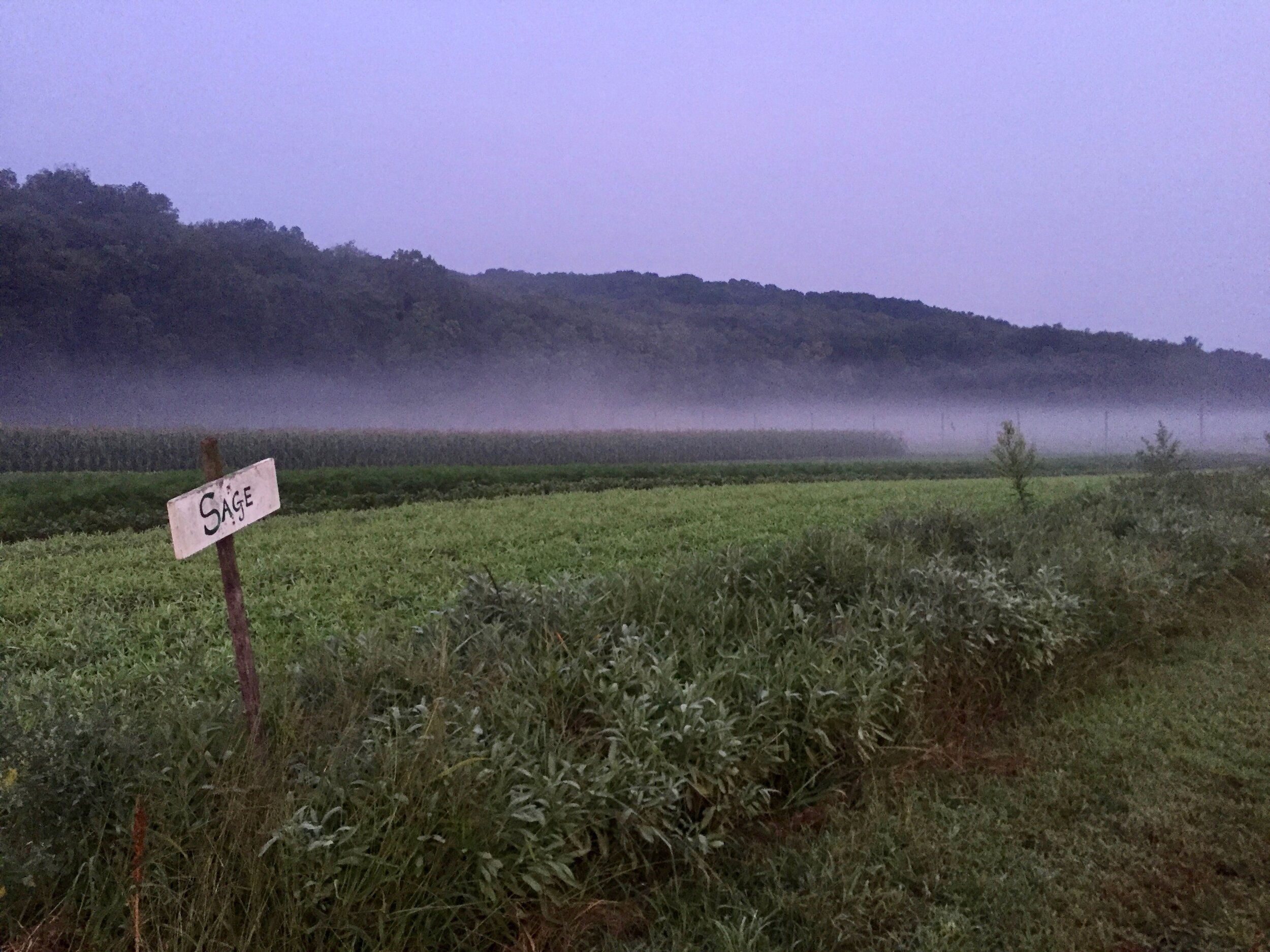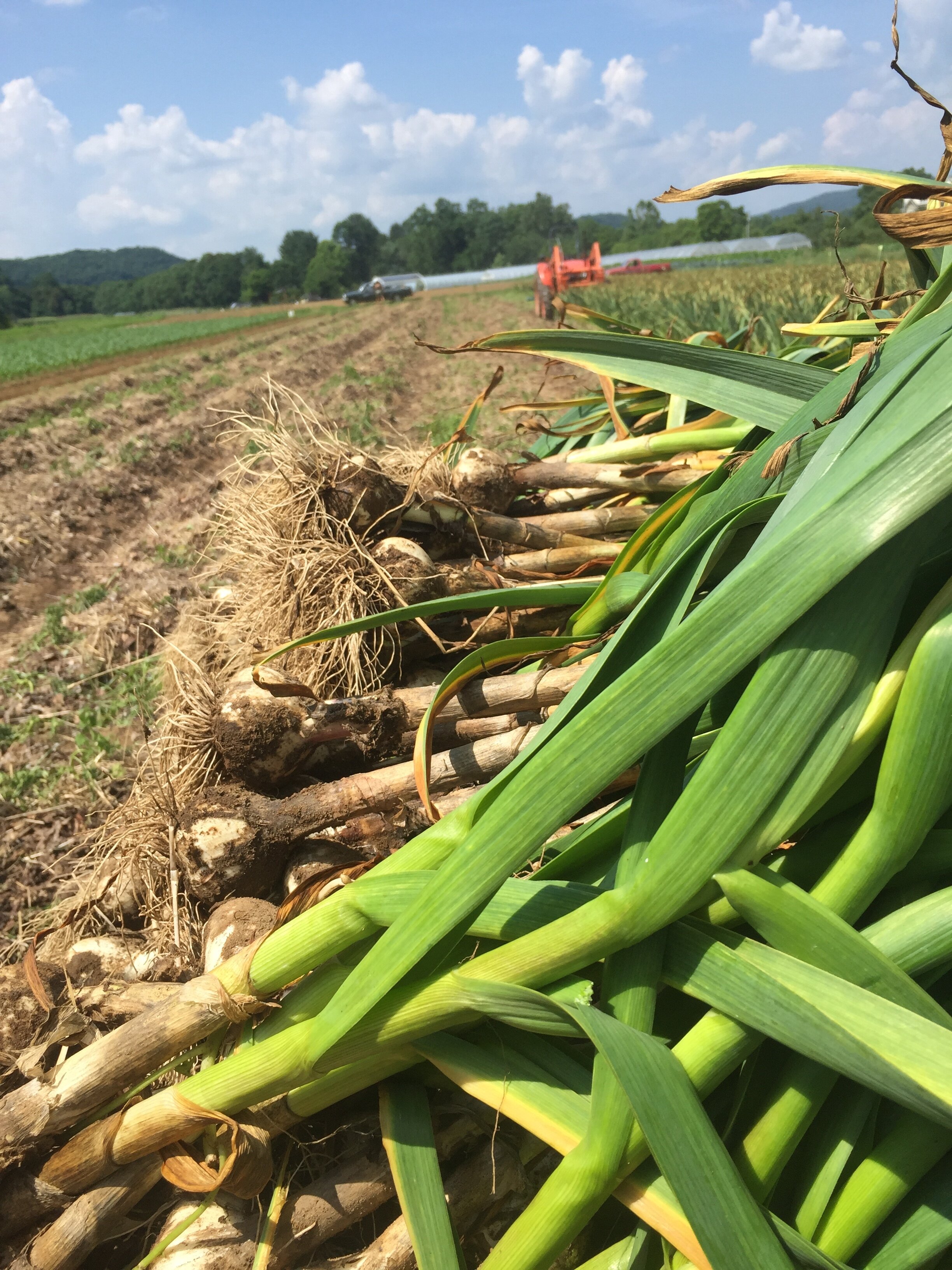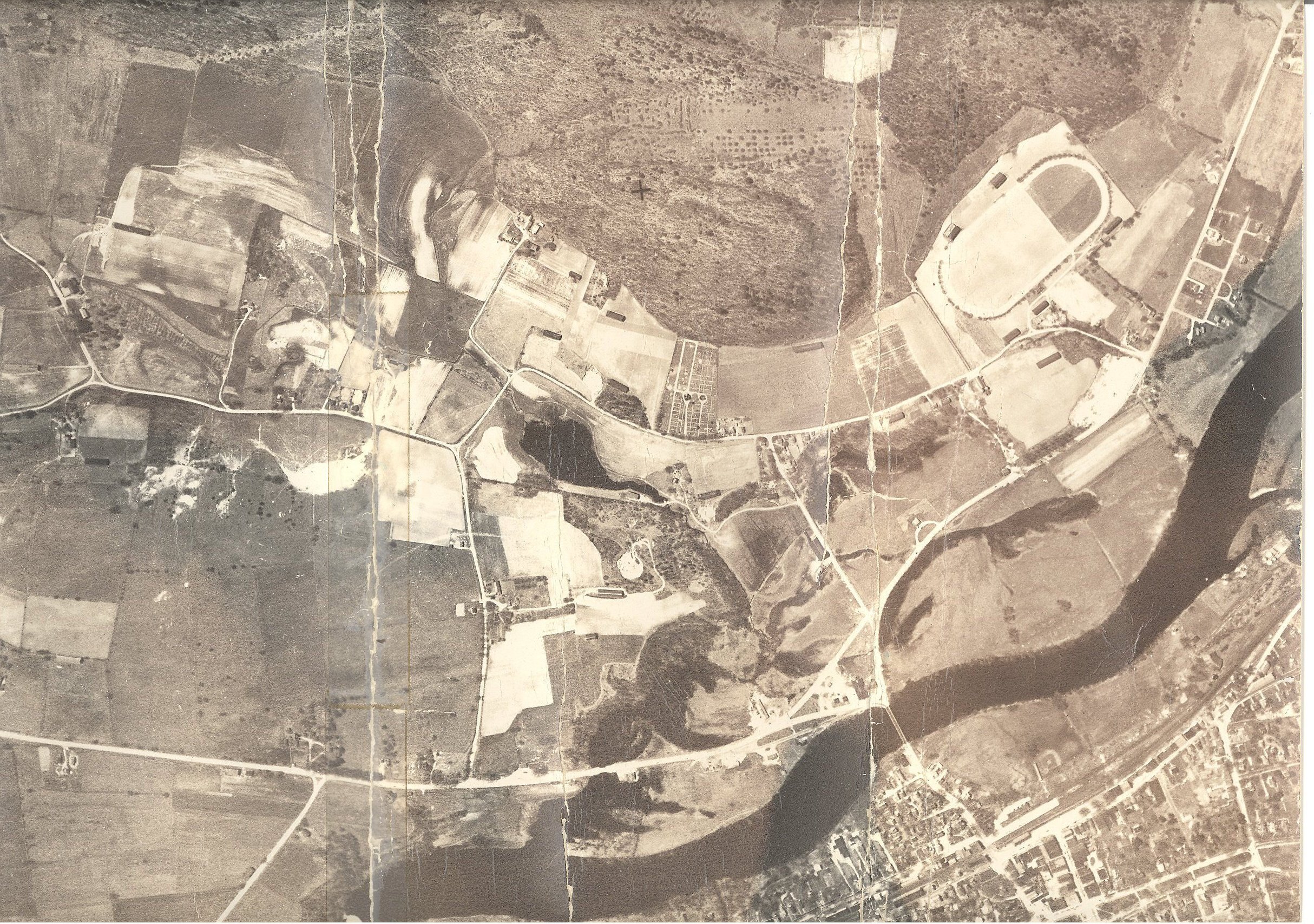
HISTORY OF THE FARM
THE FARM
In the fall of 2002, farmer-owner Paul Bucciaglia moved to New Milford, CT, and plowed the first four acres of what would become Fort Hill Farm. The property, a parcel leased through the Sunny Valley Preserve, a project of The Nature Conservancy, was a large hay field of flat, well drained, stone-free, Class-I sandy loam. When Paul arrived at the farm, there was virtually no infrastructure. With the help of many apprentices, friends, professionals, and Paul's energetic father Joe Bucciaglia, the farm has since built greenhouses, coolers, driveways, and numerous additions and upgrades to the pole barn that Sunny Valley constructed on the farm in 2005. Along the way, Paul and crew have resurrected or repaired heaps of ancient farm equipment left for dead by other farmers.
With grants from the Natural Resources Conservation Services, Fort Hill was able to drill two wells on the farm, install an irrigation pipeline delivery system, and build the large three bay high tunnel that produces most of the farms’ tomatoes. Funds from the State of Connecticut’s Farm Reinvestment Program helped build one of the farm’s greenhouses, upgrade field machinery, and install solar panels on the barn.
The land continues to be worked by Paul and his partner Rebecca Batchie. Fort Hill Farm boasts a bountiful array of certified organic vegetables, herbs, flowers, and small fruit on about 20 acres, which supplies a 300-share Community Supported Agriculture (CSA) program. We also attend three area farmers’ markets, and maintain a small number of wholesale accounts, including Woodbury’s New Morning Market. In addition, Fort Hill Farm is very proud to make sizeable weekly donations to the New Milford Food Bank.

The location of the farm has a very ancient history. Going back tens of thousands of years, the farm was a sandy beach on the shores of a great river that formed as the glacial ice sheet which covered most of New England in thousands of feet of ice, began to melt, releasing torrents of water. The many hundreds of feet of sand and gravel below Fort Hill are a testament to the power of water. Native American settlements were located in the northwest corner of our field, which has been under cultivation for many centuries. The hill above Fort Hill is called Guarding Mountain, and was a lookout for the Weantinock Indians as they kept watch on the Housatonic River.
As European settlers began to advance west from the Atlantic, Fort Hill would have been an attractive place to settle, already cleared and farmed by the Weantinock. The name Fort Hill was the place name given to the ancient terrace from the settler perspective. We pay homage to the indigenous peoples who farmed this land for so long before “trading” it to New Milford settlers in the early 1700’s. It is our deep honor to work this land, in acknowledgement of the many hands who have nurtured it before us.
In the 1800's, the Fort Hill Farm fields were the site of the New Milford fairgrounds, and faint traces of the horse racetrack can still be seen in satellite photos today. The farm was purchased by George Pratt in the 1930’s, and consolidated into Sunny Valley Farm. Sunny Valley operated as a large dairy farm until the 1980’s. Reorganized as Sunny Valley Preserve, Sunny Valley now rents several farms, including Fort Hill Farm, to local farmers in the towns of New Milford and Bridgewater.
The property of Fort Hill Farm in 1934. Note the racetrack that was a centerpiece of the old New Milford Town Fair.



